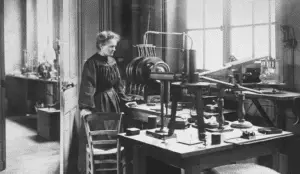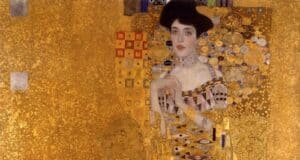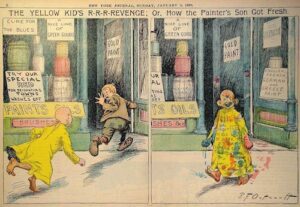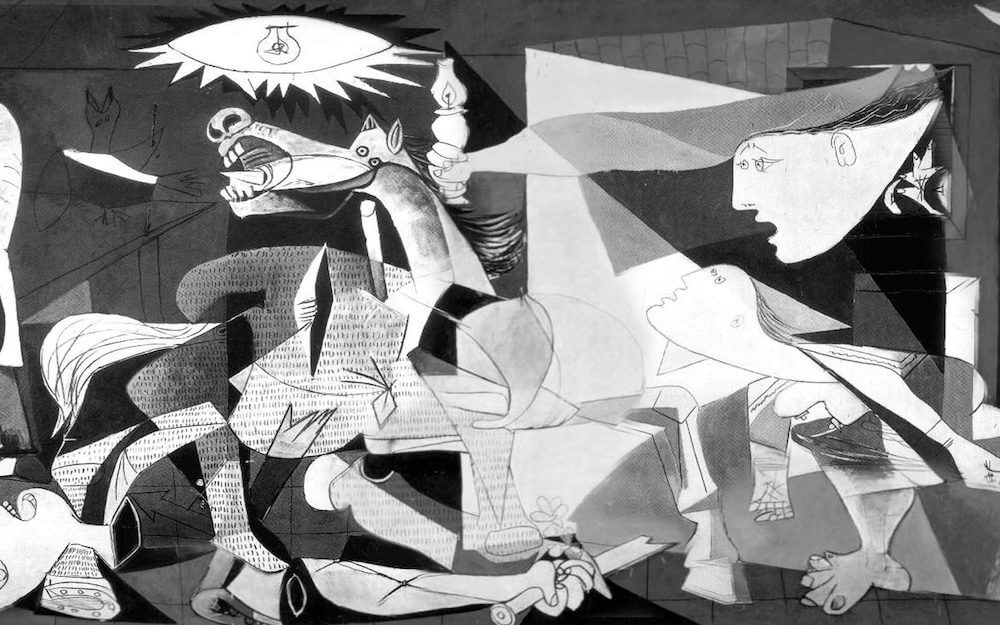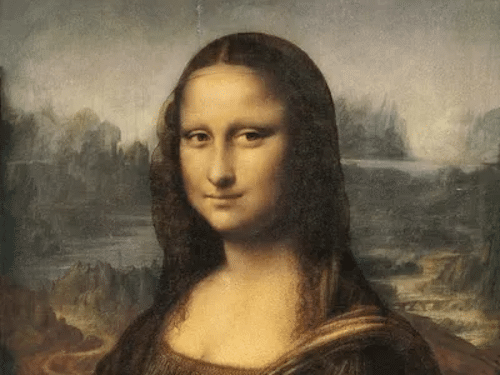How to Know If a Painting Is Valuable or Expensive
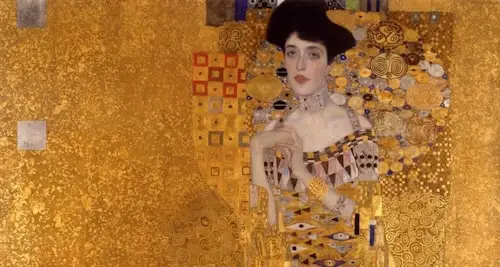
What makes a painting valuable? It’s a question that fascinates collectors, art lovers, and investors alike. Whether it’s an Old Master hanging in a museum or a newly discovered canvas in an attic, determining whether a painting is valuable involves a mix of history, science, and expert judgment. From traditional connoisseurship to advanced imaging techniques and AI, the process of authenticating art has evolved—but the goal remains the same: to uncover the truth behind the canvas and prove why a painting is valuable.
What Is the Most Expensive Painting Ever Sold? A Look at the Record-Breaker
In 2019, Leonardo da Vinci’s “Salvator Mundi” was sold for $450 million at Christie’s. It broke a record as the most expensive painting ever sold (and that’s still true in 2024).
That said, there were many talks and debates about its origin and author. Significant gaps in the painting’s provenance made it difficult to trace its ownership history back to Leonardo’s time. The painting underwent extensive restoration, raising questions about how much of the original work remained and how much was the result of modern restoration techniques.
Some prominent experts affirmed its authenticity, while others remained skeptical, leading to ongoing debates in the art community. This is just one of thousands of stories behind artworks and their authenticity.

The art market has grown exponentially in recent years, driven by increasing wealth, cultural appreciation, and the investment potential of fine art. With high-profile auctions and record-breaking sales, the role of art authentication has become a paramount demand. Identifying original artworks is essential for collectors because it safeguards their collections’ financial, historical, and cultural value.

A genuine painting by a master artist can be worth millions, making it a valuable investment. Collectors seek authentic pieces because their worth can increase significantly over time. So, identifying originals helps prevent fraud and protects investments. Authenticating artworks ensures that collectors are not deceived and their investments are secure.
Original artworks are highly significant. They connect us to the past, offering insight into the artist’s life, the period in which they lived, and the cultural context of their work. Authentic artworks help maintain the integrity of art history and offer future generations an opportunity to experience and learn.

So, how do experts distinguish real paintings by certain artists from fake ones? What methods do they use? How did people identify authenticity in the past?
Timeless Techniques: Historic Methods of Painting Analysis Still Used by Experts
Early art experts (14th-19th century) relied primarily on their trained eyes and extensive knowledge of artists’ styles and techniques. Since the 16th century, experts have been tracking a painting’s ownership history. They examine records, wills, sales receipts, and even old photographs to establish a continuous line of custody from the artist to the present owner.
When art experts receive an old painting, they follow detailed steps to identify its authenticity, provenance, and other essential details. They start with a thorough visual inspection to assess the overall condition of the painting. Then, the style, technique, and subject matter are analyzed. The painting is compared with works by the same artist or from the same period to identify stylistic and technical consistencies.
Giovanni Morelli (1816-1891) is often cited as one of the first connoisseurs to develop systematic methods for art authentication. Morelli’s technique involved analyzing minor details, such as ears and hands, which he believed were unique to individual artists.
Further, experts conduct provenance research. They search historical archives for sales records, inventories, wills, letters, exhibition catalogs, and other documents mentioning the painting.
Ownership records and documentation are crucial in the art world for verifying the authenticity, provenance, and legal ownership of artworks. Detailed records help establish a continuous history of the artwork from its creation to the present, confirming its authenticity. Moreover, clear records ensure that the seller has the right to sell the artwork and that the buyer acquires a legitimate title.
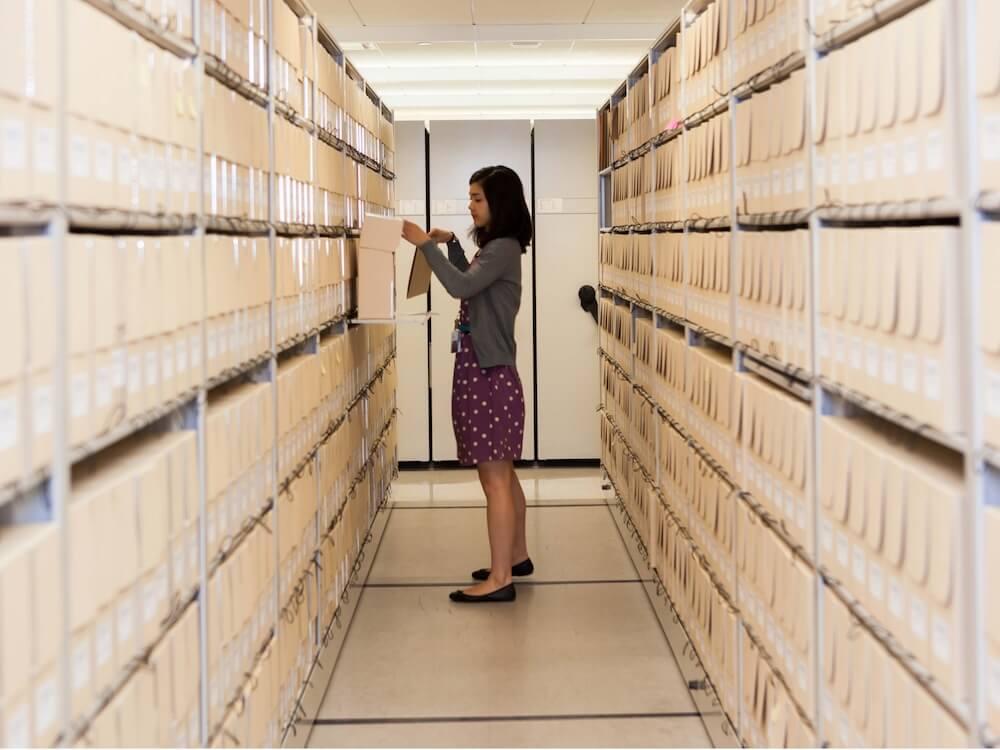
Auction houses produce detailed sales catalogs, including provenance, exhibition history, and expert assessments. Museums keep detailed acquisition records, including donor information, purchase details, and provenance.

There are also special authentication agencies that produce comprehensive reports that include provenance research and expert analysis. For example, the International Foundation for Art Research (IFAR), established in 1969, provides independent research and authentication services. Art Loss Register, founded in 1991, focuses on recovering stolen art and verifying authenticity.
Historical research and provenance may seem simple and basic, but they help efficiently identify artworks. Many paintings were looted by the Nazis during World War II. Provenance research has been crucial in identifying and returning these works to their rightful owners.
For example, the restitution of Gustav Klimt’s “Portrait of Adele Bloch-Bauer I” to the heirs of its original owner, Maria Altmann, involved extensive provenance research to trace its confiscation and subsequent ownership.

A more recent example occurred in 2014, when a previously unknown painting by Caravaggio, “Judith Beheading Holofernes,” was discovered in an attic in France. Provenance research played a crucial role in authenticating the painting. Experts traced the painting’s history through archival documents and stylistic analysis, confirming its attribution to Caravaggio.

Modern Techniques in Art Authentication: From X-rays to Carbon Dating
The scientific revolution in the 19th century brought new tools and techniques to art authentication. Chemistry and physics were applied to analyze pigments and materials.
Sir Humphry Davy (1778-1829) used chemical analysis to study pigments, laying the groundwork for modern pigment analysis.

Modern pigment analysis is a scientific technique used to identify the chemical composition of a painting’s colors. This helps determine the materials and methods an artist used, which can provide insights into the painting’s age, authenticity, and sometimes even provenance. Sometimes, specific pigments can be traced back to certain regions or even particular artists, helping to confirm the painting’s origin.

A tiny sample of the paint (often microscopic) is taken from the artwork. In some cases, noninvasive techniques are used that do not require removing any material. The sample is analyzed using advanced scientific instruments, like X-rays, to determine if the pigments are consistent with those used during the period the painting is purported to be from. For example, if a painting claimed to be from the Renaissance period contains synthetic pigments developed in the 19th century, it is likely a forgery.

Pigment analysis is also crucial for conservation. It helps understand the materials used in a painting, which can inform the best methods for its preservation and restoration.
During the 20th century, scientists developed other painting analysis methods that revolutionized the art authentication field. Here is an overview of some of these methods.
Raman spectroscopy
Raman spectroscopy is a technique that uses laser light to examine the molecular composition of materials. The light interacts with the material, causing a scattering effect. The scattered light pattern (Raman spectrum) is analyzed to determine the molecular structure. This method is used to identify organic and inorganic compounds in pigments and binders. It helps detect modern pigments that would indicate a forgery. Raman spectroscopy was used to analyze the pigments in Vincent van Gogh’s paintings, helping to confirm their authenticity and understand his materials and techniques.

Scanning Electron Microscopy
Scanning Electron Microscopy (SEM) with Energy Dispersive X-ray Spectroscopy (EDS). SEM is a type of microscopy that provides highly magnified images of a material’s surface, while EDS identifies the elemental composition.

SEM uses a focused beam of electrons to scan the material’s surface. The interactions between the electrons and the material produce detailed images. EDS detects the X-rays emitted from the material, providing elemental analysis. It is used to study the fine details of a painting’s surface and the elemental composition of pigments.
SEM with EDS was used to analyze the pigments in Albrecht Dürer’s “The Portrait of a Young Woman,” confirming the materials were consistent with those available during Dürer’s time.

Dendrochronology
Dendrochronology is the study of tree ring patterns to date wooden objects. It was developed in the early 20th century and widely used in art analysis from the mid-20th century onwards. The method examines the growth rings in the wood and matches the pattern of rings to known sequences from specific regions and periods.

It is used to date wooden panels used in paintings, providing a terminus post quem (the earliest possible date). Dendrochronology was used to date the wooden panel of Jan van Eyck’s “The Arnolfini Portrait,” confirming it was created in the early 15th century.

Carbon-14 dating
Carbon-14 dating, developed in the 1940s, measures the decay of carbon-14 in organic materials to estimate their age.
Organic materials absorb carbon-14 from the atmosphere. After the material stops absorbing carbon-14 (e.g., when the tree is cut down), the carbon-14 begins to decay. Measuring the remaining carbon-14 provides an estimate of the age. Carbon-14 dating was used to verify the age of the canvas in Claude Monet’s “Water Lilies,” confirming its creation in the early 20th century.

Infrared Reflectography (IRR)
Infrared Reflectography (IRR) is a noninvasive imaging technique used to examine the layers beneath a painting’s surface. It is handy for revealing underdrawings and compositional changes the artist made during the creation process.
Infrared light penetrates the upper paint layers and is absorbed or reflected differently by the materials below. An infrared-sensitive camera captures the reflected light, creating an image of what lies beneath the surface layer.
IRR can reveal initial sketches or underdrawings that artists often made before applying paint. This helps understand the art process and confirm the attribution to a particular painter. IRR can also identify areas of previous restoration or damage that might not be visible to the naked eye.
IRR was used to study the “Mona Lisa,” revealing underdrawings and adjustments made by Leonardo. This provided insights into his working methods and confirmed the painting’s authenticity.

The method also helped uncover changes Rembrandt made to “The Night Watch” during its creation. These included adjustments to the composition, including architecture in the background.


Cutting-Edge Painting Analysis: How Technology Is Transforming Art Authentication
Art authentication has evolved dramatically with new technologies and scientific methods. These methods leverage advancements in digital imaging, computational analysis, and secure digital documentation to provide unprecedented detail, accuracy, and reliability in art authentication.
High-resolution scanning involves capturing extremely detailed digital images of artworks. This technology allows experts to examine brushstrokes, craquelure (cracks in the paint), and other fine details. The resulting digital images provide a comprehensive view of the artwork’s surface, enabling experts to detect minute features and inconsistencies.
High-resolution scanning was employed to study Johannes Vermeer’s “The Girl with a Pearl Earring,” revealing intricate details of Vermeer’s technique and confirming the painting’s authenticity.

Reflectance Transformation Imaging (RTI) is a technique that captures images of an artwork under varying lighting conditions to capture the surface. These images with different lighting and contrast are combined using specialized software to create an interactive model of the painting’s surface. This model can be manipulated to study surface texture, identify tool marks, brushstrokes, and other fine details, assess the condition of an artwork, detect surface damage, and identify previous restorations.


Artificial Intelligence (AI) and Machine Learning (ML) involve using advanced algorithms to analyze artworks’ patterns, styles, and features. These algorithms are trained on large datasets of known artworks. AI and ML can provide insights into the painting’s authenticity and possible attribution by identifying unique features and consistencies.

Proven or Fake? Iconic Art Authentication and Forgery Stories
“Judith and Holofernes” by Caravaggio was found in 2014 in an attic in France. The historical research linked it to a known but lost Caravaggio. Pigment and canvas analysis confirmed the materials were typical of Caravaggio’s period and region. So, in 2016, it was recognized as an authentic Caravaggio and valued at over $100 million.

In 2012, “Odalisque in Red Pants” by Henri Matisse was proven to be a forgery. The original was stolen from the Caracas Museum of Contemporary Art in Venezuela in 2002 and replaced with the forged version. Scientific analysis showed the use of pigments and materials unavailable during Matisse’s lifetime. The painting was confirmed as a forgery and returned to the authorities as part of a broader investigation into art fraud. The authentic painting was recovered in 2014 during an FBI sting operation in a hotel in Miami, Florida.


Vincent van Gogh’s “Head of a Peasant Woman” was authenticated in 2012. X-ray analysis revealed an underdrawing of a different portrait beneath the painting, which was usual for van Gogh, who painted over his works. The pigments and canvas were consistent with the artist’s use when he painted similar works. Also, Van Gogh scholars confirmed the brushwork and style matched his known techniques. The painting was added to the official catalog of van Gogh’s works and exhibited in the Van Gogh Museum in Amsterdam.

Raphael’s “Madonna of the Veil” was debunked in the 1990s. Provenance research showed inconsistencies in the painting’s documented history, but that could have resulted from an old time. Then, art historians and Raphael scholars concluded the style and technique were inconsistent with Raphael’s works. Finally, pigment analysis revealed the use of materials not available in Raphael’s time.

“The Colossus,” Attributed to Francisco Goya, was debunked in 2008. The painting has been attributed to Goya for a long time. However, provenance research into the painting’s history revealed inconsistencies and gaps. Then, experts noticed significant stylistic differences compared to Goya’s known works. Finally, examining the painting’s technique suggested it was more likely created by one of Goya’s students or followers. The Prado Museum reattributed “The Colossus” to Asensio Juliá, a disciple of Goya.

Curious about other iconic works and the origins of art?
Check out our deep dive into what makes the Mona Lisa so special, explore the story behind Picasso’s powerful Guernica, and discover when art was invented in human history.


